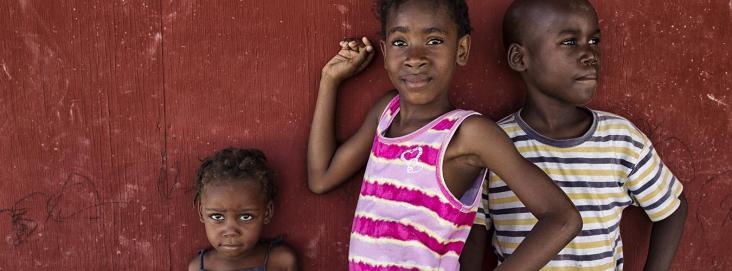Digital health programs are urgently needed to accelerate the adoption of Artificial Intelligence and Clinical Decision Support Systems (AI-CDSS) in clinical settings. However, such programs are still lacking for undergraduate medical students, and new approaches are required to prepare them for the arrival of new and unknown technologies.

The International Day for the Elimination of Racial Discrimination is observed annually on the day the police in Sharpeville, South Africa, opened fire and killed 69 people at a peaceful demonstration against apartheid "pass laws" in 1960. The UN General assembly created this day to signify the struggle to end the policy of apartheid in South Africa and call on the the international community to end all forms of racial discrimination.
This Article supports SDG 3 by providing the first systematic review on uptake of testing and treatment and turnaround times to treatment initiation with point-of-care HCV testing versus standard laboratory testing, finding improvements on both fronts; this is reflected in new WHO recommendations on adoption of point-of-care HCV testing as an alternative to laboratory-based tests.
WGS data revealed that herpesvirus/anelloviruses are naturally found in European populations. This represents the first comprehensive research on the plasma virome of pregnant Turkish women.
This article aligns with the SDG goal 3 of Good health by showing that hepatitis E superinfection accelerate disease progression and increase long-term mortality in patients with hepatitis B liver cirrhosis
This chapter advances Goals 4, 10, and 3 by providing an overview of human rights education in formal and non-formal educational spaces and in professional settings. It includes current debates in the field around the pedagogy and practice of teaching human rights.
This Review supports SDGs 2 and 3 by synthesising the evidence on the mechanisms that connect extreme climate events to food insecurity, including events such as drought, change in rainfall patterns, and change in sea levels.
This Viewpoint supports SDGs 3 and 6, focusing on the rapid spread of Aedes and Anopheles stephensi mosquitoes and the associated transmission of disease, particularly in urban environments
This Article supports SDG 3s and 6 by presenting global comprehensive estimates of deaths associated with 33 bacterial pathogens across 11 major infectious syndromes, many of which could be prevented by improved access to safe drinking water and sanitation facilities.
This Article supports SDGs 3 and 6 by showing that the integration of a health education package for for the promotion of correct hygiene and sanitation practices into the school curriculum is an affordable and scalable approach to respond to the burden of soil-transmitted helminth infection among schoolchildren in the Philippines.
